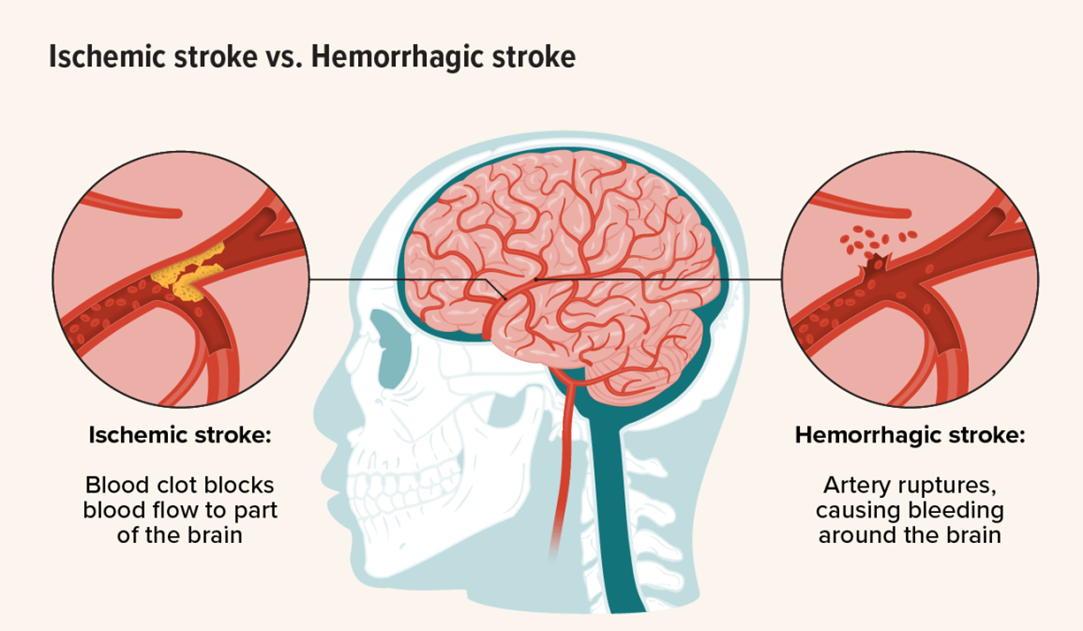Which finding for a patient admitted with glomerulonephritis indicates to the nurse that treatment has been effective?
The urine dipstick is negative for nitrites.
The patient denies pain or burning with voiding.
The periorbital and peripheral edema are resolved.
The anti-streptolysin-O (ASO) titer has decreased.
The Correct Answer is C
Choice A reason: A negative urine dipstick for nitrites is more indicative of a lack of bacterial infection and is not directly related to glomerulonephritis.
Choice B reason: While the absence of pain or burning with voiding is positive, it does not specifically indicate the resolution of glomerulonephritis.
Choice C reason: The resolution of periorbital and peripheral edema is a sign that the treatment for glomerulonephritis has been effective, as edema is a common symptom of this condition.
Choice D reason: A decrease in the anti-streptolysin-O (ASO) titer may indicate a response to treatment for a streptococcal infection, but it is not the most direct indicator of effective treatment for glomerulonephritis.
Nursing Test Bank
Naxlex Comprehensive Predictor Exams
Related Questions
Correct Answer is D
Explanation
Choice A reason: While blood pressure is important, hyperkalemia can cause cardiac dysrhythmias, making the pulse rate the first assessment to ensure the patient's immediate safety.
Choice B reason: Temperature is not directly affected by serum potassium levels and is not the priority in hyperkalemia.
Choice C reason: Respirations are less likely to be affected immediately by hyperkalemia compared to cardiac function.
Choice D reason: A high serum potassium level can lead to life-threatening cardiac arrhythmias, so assessing the pulse rate is the most critical initial action.
Correct Answer is B
Explanation
Choice A reason: An embolic stroke is caused by an embolus traveling to the brain and blocking a blood vessel. The symptoms described do not specifically indicate an embolic stroke.
Choice B reason: A hemorrhagic stroke, which is bleeding within the brain, often presents with a sudden, severe headache, vomiting, and a change in consciousness, aligning with the symptoms described.
Choice C reason: A thrombotic stroke is caused by a thrombus forming in a blood vessel in the brain. While it can cause similar symptoms, the sudden severe headache is more characteristic of a hemorrhagic stroke.
Choice D reason: A transient ischemic attack (TIA) is a temporary blockage of blood flow to the brain. The symptoms usually resolve within minutes to hours and do not typically include a severe headache or vomiting.

Whether you are a student looking to ace your exams or a practicing nurse seeking to enhance your expertise , our nursing education contents will empower you with the confidence and competence to make a difference in the lives of patients and become a respected leader in the healthcare field.
Visit Naxlex, invest in your future and unlock endless possibilities with our unparalleled nursing education contents today
Report Wrong Answer on the Current Question
Do you disagree with the answer? If yes, what is your expected answer? Explain.
Kindly be descriptive with the issue you are facing.
